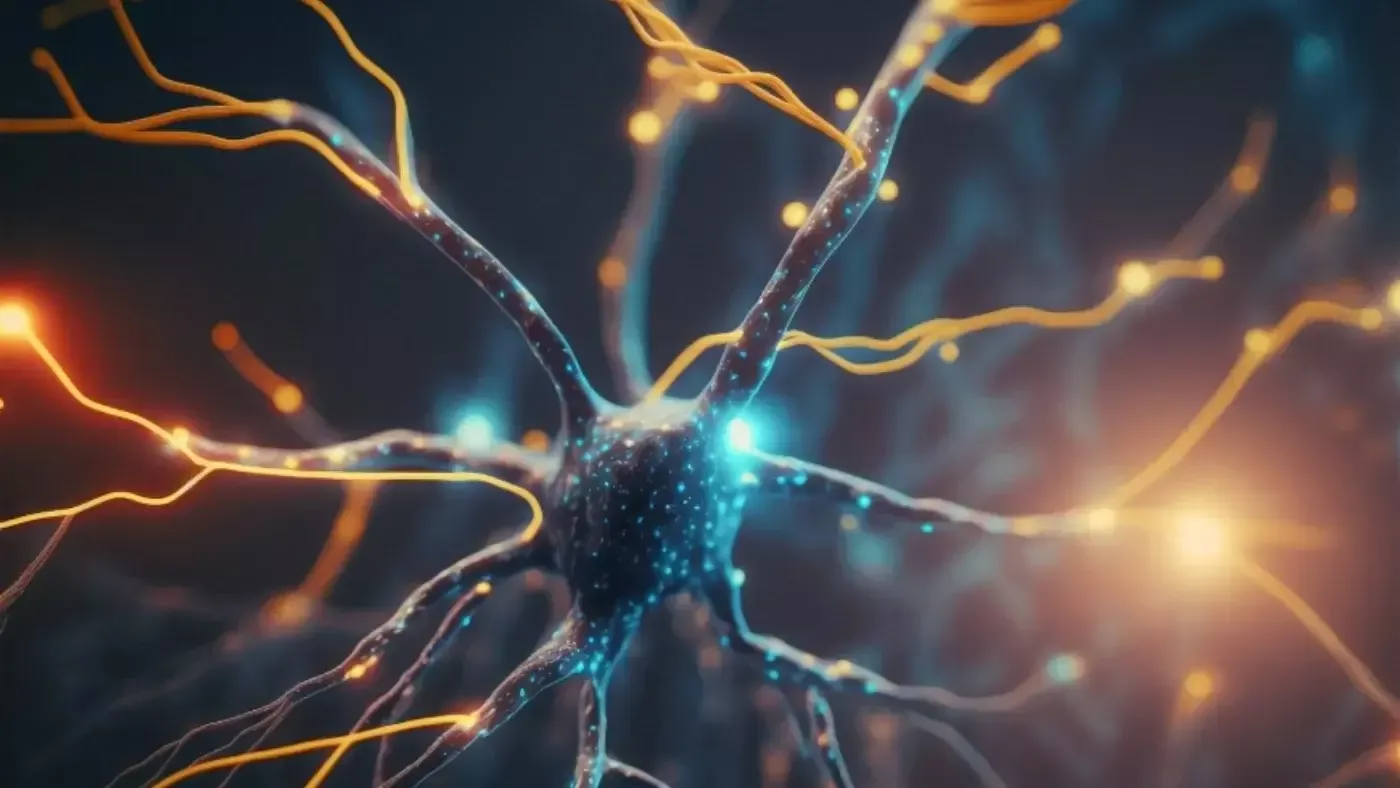
Researchers at the Massachusetts Institute of Technology have developed a new method that allows for the alteration of cell shapes under the influence of light. This method has been tested on sea star cells, where scientists successfully managed to induce contraction, stretching, and even square shapes in the cells. The results of this research were published in the journal Nature Physics.
Basis of the technology and its mechanism
The foundation of this method is a special enzyme called GEF. It triggers a chain of reactions that compel the cell to contract and move. Scientists developed a light-sensitive version of this enzyme and introduced it into sea star cells. It was confirmed that the shape of the cells could be altered by illuminating specific areas.
Experiments demonstrated that cell movement could be controlled with high precision using light. For instance, depending on the illumination scheme, scientists were able to induce small contractions or large wave-like movements. It was also established that directing light to a single point could initiate chain reactions within the cell. This allows for the alteration of cell shape without additional interventions.
New possibilities in biomedicine
This innovative method opens up new possibilities in the field of biomedicine. In the future, this technology could be used to:
Create programmable cells. For example, cell "patches" that contract under the influence of light and aid in wound healing could be developed.
Be applied in the creation of drug-delivering cells. Such cells could release drug substances only under the influence of a specific light signal and at precisely defined locations.
Future research directions
Scientists plan to deepen the research and study how this mechanism works in other cells, including human cells. According to the research leader Nikta Fahr, this will help to better understand how living organisms form from a single cell. Additionally, this method provides an opportunity to develop new approaches in regenerative medicine and tissue engineering.
Thus, the ability to control cell shape through light could represent a significant advance in the fields of medicine and biology. This technology is expected to offer new innovative solutions for human health in the near future.